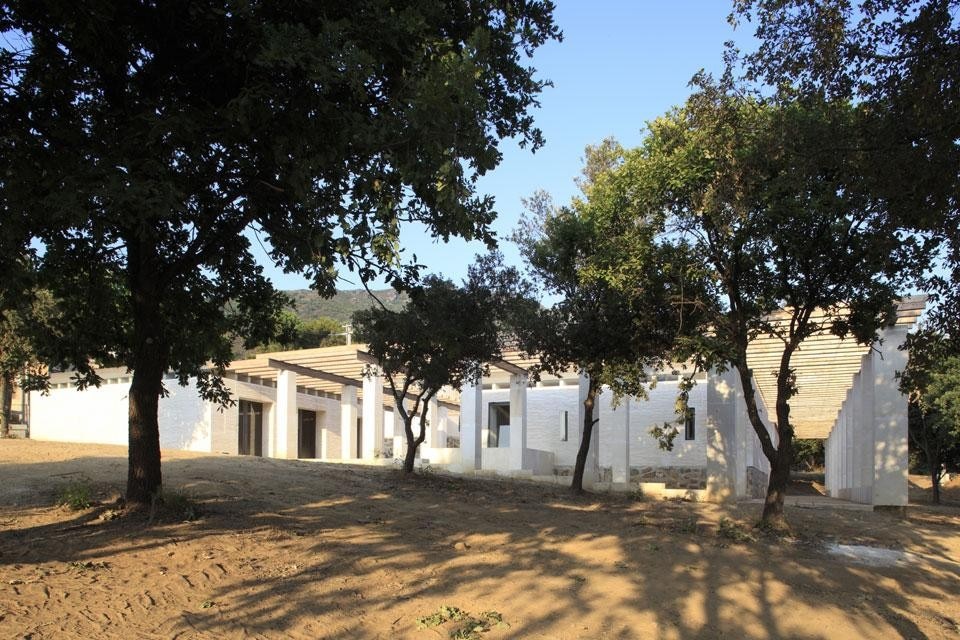The scheme in itself is a manifesto of pure "vernacular avant-garde": stone, low-tech architecture, built as much as possible with local materials — such as Bonifacio limestone and Corsican black pine — that not only return to basic and traditional technologies and compositional syntax but, like in ancient times, seem to have been just liberated from the dust that for centuries kept them hidden.
Beyond the architecture, other aspects of a strategic nature should be considered. The plan to create a city of wine, music and ampelography (a field of botany that studies and classifies varieties of grapevines) in a small town like Patrimonio is undoubtedly an ambitious one. However, in a situation where tourism of the area has ended up polarising every activity, weakening all the others by consequence, such an initiative represents an important and mandatory challenge, with a view to economic and territorial reequilibrium. And as would be expected, the road to fulfilment has not been easy.


The work pursues, through a reduction of archaic matrix to basic components and principles, a profound identity with the place








